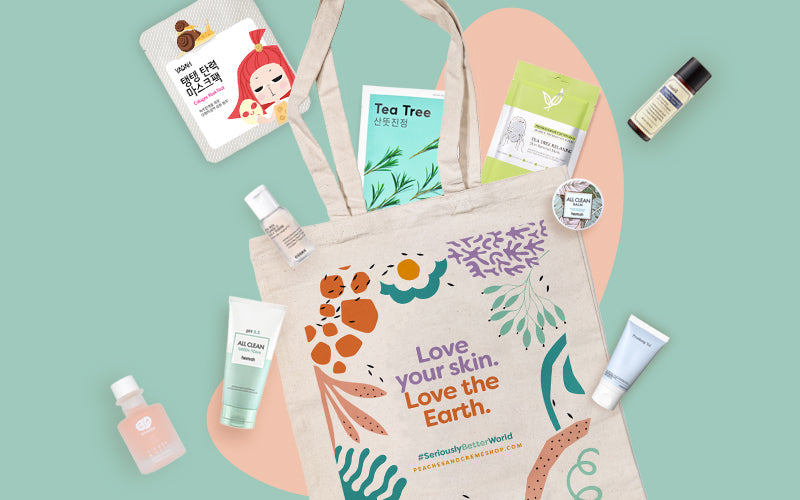Skincare SOS: Help! A product I used caused a bad reaction 😱

We’ve all been there—sometimes no matter what precautions you take, there are skincare products that fall through the cracks and cause a bad reaction. Irritation, chemical reactions, allergic reactions, breakouts, and flakiness are all horror stories. And while all these may seem like a tragedy, it’s not the end to your dreams of glowing, healthy skin. Never fear—because we’re here to help.
What to do when your skin reacts to a product
Pay attention to the reaction.
There are three common reactions that may happen when a skincare product does not agree with you: breaking out, red or dry skin, and excessive oiliness. Here are a few tips on how you can deal with these:
2. Red, flaky or dry skin
If your skin becomes red and flaky, you may have a drier skin type. You can try using a heavier moisturiser and reducing the use of the new product. If it continues though, then the product might really not be compatible with you.
3. Oilier skin
This usually happens when your skin type is oily. To help, you might need to change your moisturiser to a lotion and avoid cream-types.
If you feel an immediate reaction...
…like tingling, burning, or stinging—or if you experience immediate reddening of the skin—don’t panic and rinse your face with cool or room temperature water. Hot or warm temperatures will only help your skin absorb the product faster, so make sure you avoid those. Make sure you stay gentle and don’t rub too hard.
After thoroughly rinsing your face, use a gentle cleanser to remove the product from your face. Just make sure you wash with water first before using your cleanser to—again—make sure the product is not absorbed faster into your skin.
Pat your face dry. We understand that you may want to leave it damp to cool your skin but that may actually dry and irritate your skin further. So pat, pat, pat—don’t rub!
After drying, use a gentle, fragrance-free moisturiser. Right now, you’re focusing on soothing your skin so use a moisturiser with ingredients like aloe vera, antioxidants, bisabolol, etc.
Skip exfoliating for now
It can be tempting to do a hard reset on your skin but don’t reach for your exfoliator yet. Exfoliating irritated skin can actually worsen it or cause further inflammation. We need to focus on healing and soothing your skin for now.
Recovery time!
Go back to basics with your skincare routine for a while and give your skin some tender, loving care by choosing gentle, fragrance-free products.
Find out what caused the irritation
Now that we’ve dealt with the reaction, it’s time to get to the bottom of it all. By finding out WHY your skin reacted that way, you can prevent this from happening again. Let’s start with a few questions:
1. Is it an allergy?
Bad reactions are not always allergic ones. You can identify allergies with itchy rashes, swelling, and/or blisters. If this happens, rinse off the product and then contact a doctor or dermatologist.
2. Are you using too many potent ingredients at once?
Too many intensive ingredients layered can damage your skin. Sure, they could work great separately, but all at once and they may be too harsh. This is common for ingredients like retinol, glycolic acid, alcohol, and some essential oils.
Don’t worry since layering products with ingredients that do not go well together is an easy mistake to make. Just give your skin time to recover, research what combinations may have caused this, and slowly reintroduce the product to your routine.
3. Is the product expired?
Always, always, check your skincare’s best before date and never use expired products. Ingredients from skincare that already went bad are no longer effective and using them may only introduce your skin to bacteria and germs.

The most important tip we can give you is do not panic. Bad reactions to skincare products can be managed when addressed properly and promptly. It’s also ideal to introduce your new skincare products carefully to help avoid any irritation. As they always say, it’s better to be safe than sorry. By making sure that you do things safely at first, you can enjoy peace of mind with your glowing skin.









Leave a comment